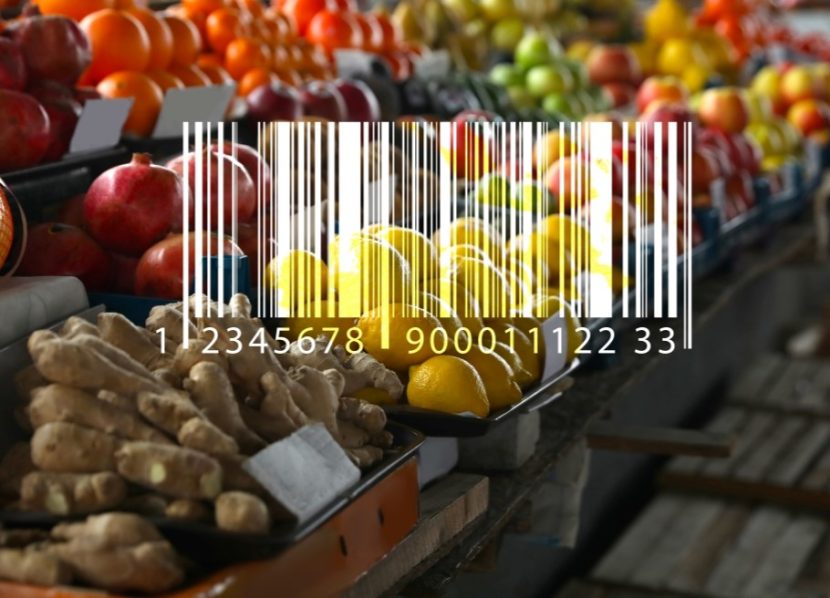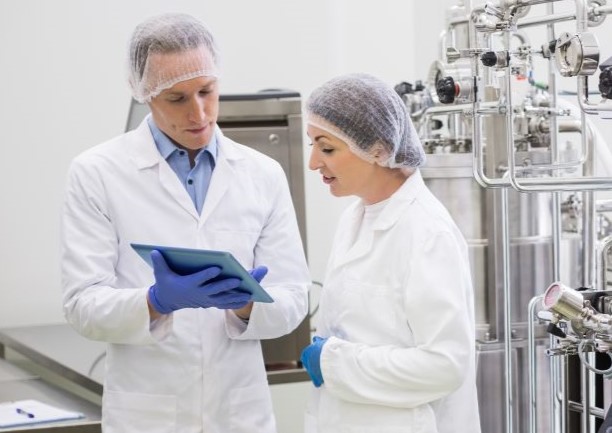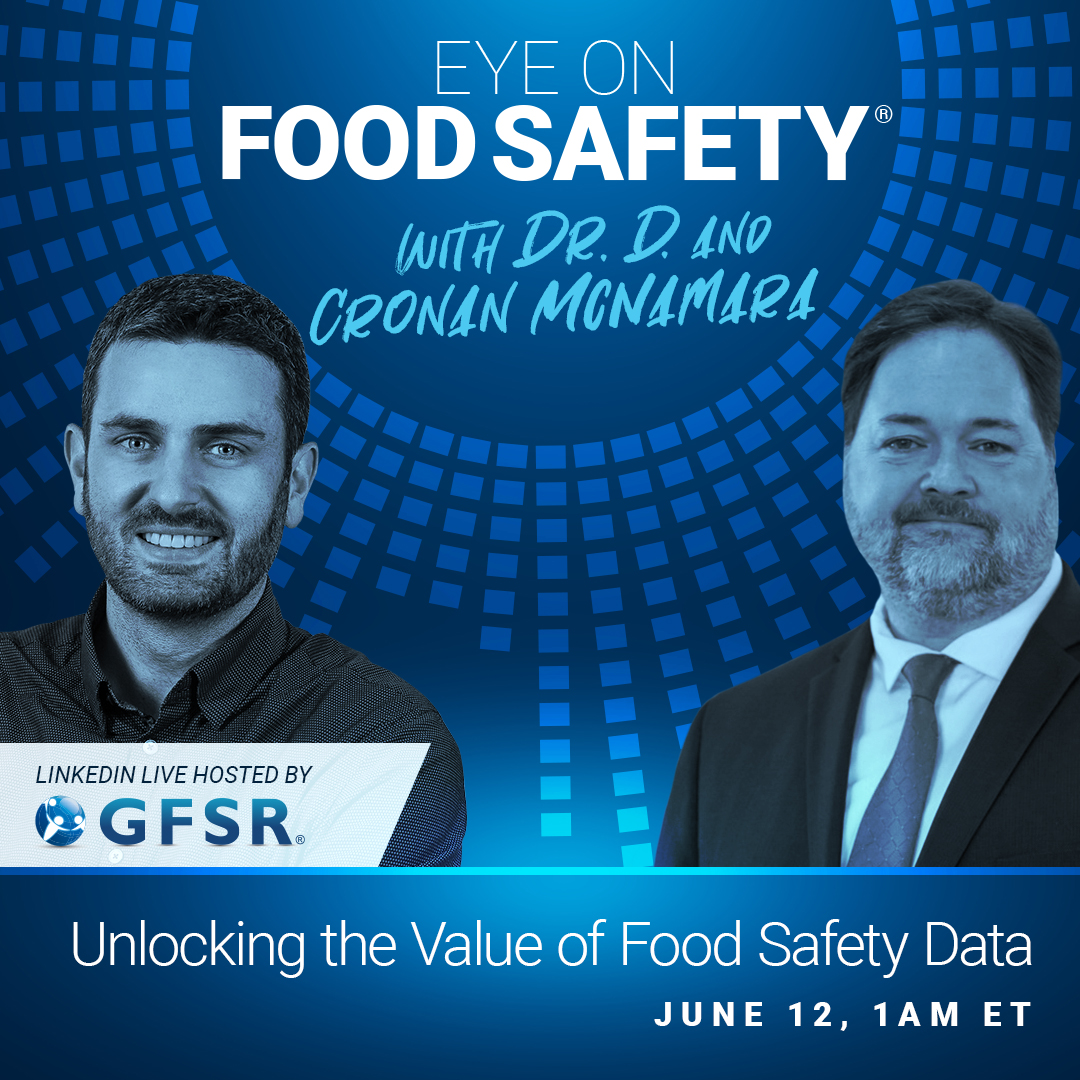How Technology Has Improved Food Traceability Across Globalized Supply Chains
By Katie Mayes
In 2018, widespread E. coli contamination of romaine lettuce sent shockwaves through the food industry. As illness spread, the need for rapid and accurate food traceability became more apparent than ever.
Thanks to advanced technology, companies such as Walmart were able to swiftly pinpoint and communicate the source of contamination so they could remove tainted products from shelves to prevent further harm. Of course, at the heart of improved transparency lie several technological advancements that have made communication easier, automatic, and clearer up and down the supply chain.
How Technology Is Improving Food Traceability
Four key technologies — barcodes, Radio Frequency Identification (RFID), blockchain, and Internet of Things (IoT) sensors — have been at the forefront of this transformation, each playing a unique role in enhancing how information is shared and utilized.
Continuing to embrace technological advancements will be key to … ensuring a safer and more resilient food supply chain for years to come.
Barcodes
Barcodes have been a staple in the food industry since their introduction in the 1970s. By encoding information in a series of black and white lines, barcodes allow for the rapid and accurate communication of a product’s details.
Over the last 50 years, this technology has streamlined inventory management and checkout processes, reduced errors and led to time savings. Barcodes also enhance communication by ensuring that essential product information – like origin, batch number, and expiration date – can be accessed at any point along the supply chain. This has improved traceability and accountability, ensuring that consumers receive safe products, and manufacturers can quickly trace any products with an issue.
Radio Frequency Identification (RFID)
Following the advent of barcodes, RFID technology emerged in the 1980s, offering more advanced tracking capabilities. RFID tags can be read remotely using radio waves, even when they are not in the line-of-sight, which provides a continuous stream of data on a product’s location and status.
RFID improves communication by enabling automatic updates to inventory systems and by providing more detailed information about each product’s journey. This technology is particularly useful for tracking large quantities and managing complex logistics.
Of course, RFID is widely used by retailers like Walmart to speedily track produce and other products through the supply chain. From a traceability standpoint, this technology can mean a more precise and less expensive recall, and a more speedy outbreak response.
Blockchain Technology
Blockchain technology has revolutionized the way information is tracked and shared in the food industry. By providing a decentralized and immutable ledger, blockchain ensures that all transactions and data entries are transparent and tamper-proof. This level of transparency is crucial in a supply chain where tracking the origin and journey of products is key to ensuring safety and quality.
The most well-known example of this tech in action is Walmart’s food safety program that involved using IBM’s Food Trust platform to track the supply chain of leafy greens. In 2018, this technology allowed Walmart to trace the E. coli infected romaine lettuce back to the source within seconds, compared to the days or weeks it previously took.
This level of transparency allows all stakeholders, including farmers, processors, distributors, retailers, and consumers, to access accurate information about the product’s history. And when there’s contamination, this technology enables rapid identification and isolation of the affected batch, significantly improving communication and reducing the public health impact.
Internet of Things (IoT)
IoT devices take the capability of RFID to the next level. Sensors and smart tags placed on food items and packaging can collect real-time data on critical factors such as temperature, humidity, and location.
The real-time data provided by IoT devices enhances communication by ensuring that all stakeholders are aware of the current status of food products. For example, if a shipment of perishable goods experiences a temperature deviation, an alert can be sent immediately to the responsible parties, allowing them to take corrective action to prevent spoilage. This level of monitoring helps maintain product quality and reduces waste, while also providing consumers with greater confidence in the safety and freshness of their food.
While technology continues to enhance communication, the journey is far from over. Moving forward, technologies like artificial intelligence (AI) and machine learning will pivot in reinforcing a more predictive and proactive approach to food safety. Continuing to embrace technological advancements will be key to the industry ensuring a safer and more resilient food supply chain for years to come.
About the author
Katie Mayes is the Editorial Director for Global Food Safety Resource and owner of Mayes MarCom, a boutique agency specializing in website design, SEO, and social media marketing. With over a decade of experience in the food safety space, she leverages her expertise in technical writing, public relations, and strategic communications to help small food businesses and professional service providers thrive in the digital landscape.

-
 FeaturedRisk management
The Cost of a Breach: What a Cyberattack Could Mean for Food Safety Recalls
FeaturedRisk management
The Cost of a Breach: What a Cyberattack Could Mean for Food Safety Recalls
-
 FeaturedRisk management
Securing the Food Chain: How ISO/IEC 27001 Strengthens Cybersecurity
FeaturedRisk management
Securing the Food Chain: How ISO/IEC 27001 Strengthens Cybersecurity
-
 FeaturedRisk management
Revolutionizing Food Safety Training: Breaking Out of the “Check-the-Box” Mentality
FeaturedRisk management
Revolutionizing Food Safety Training: Breaking Out of the “Check-the-Box” Mentality
-
 GFSI Standards
GFSI 2025: Building Trust, Tech-Forward Solutions, and Global Unity in Food Safety
GFSI Standards
GFSI 2025: Building Trust, Tech-Forward Solutions, and Global Unity in Food Safety
-
 FeaturedFood Safety
Integrated Pest Management: Strategies to Protect Your Brand’s Reputation
FeaturedFood Safety
Integrated Pest Management: Strategies to Protect Your Brand’s Reputation
-
 FeaturedFood Safety Culture & Training
No Open Door Policy: Challenges That Impact Pest Control in Food Processing Plants
FeaturedFood Safety Culture & Training
No Open Door Policy: Challenges That Impact Pest Control in Food Processing Plants




